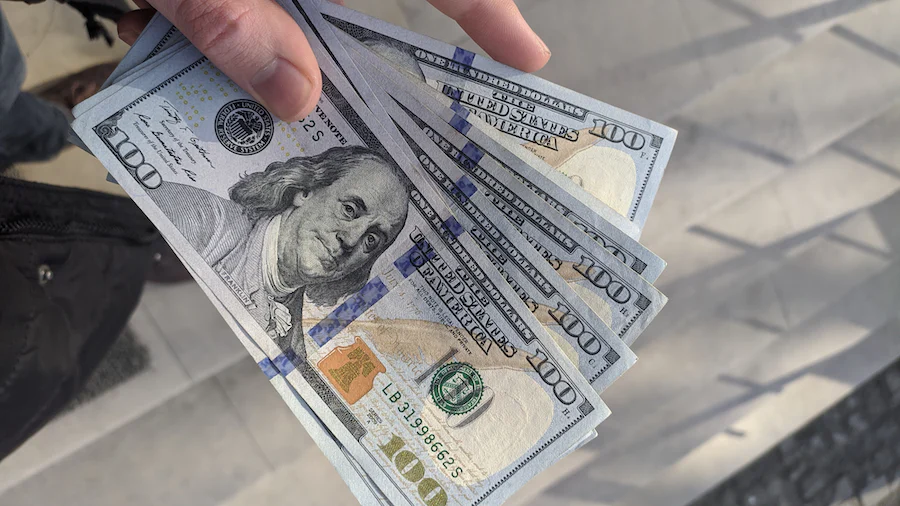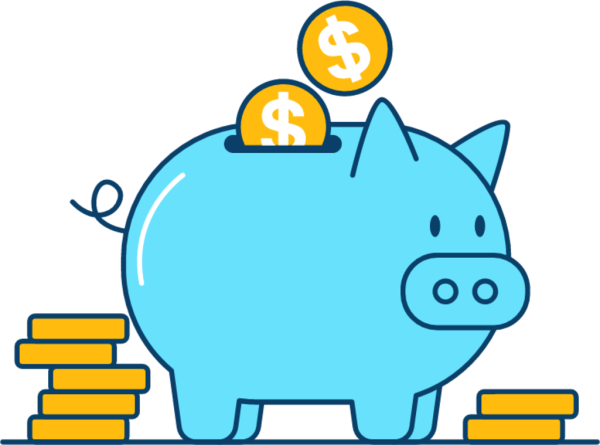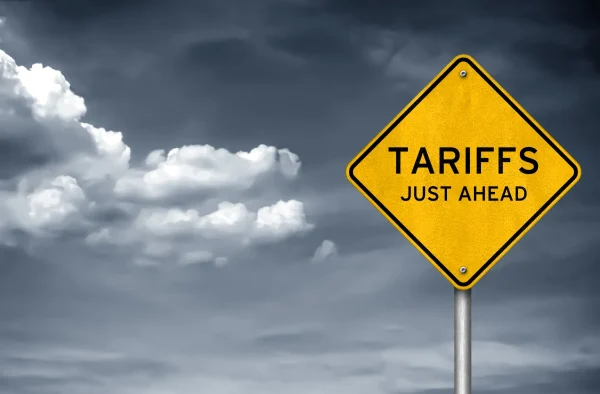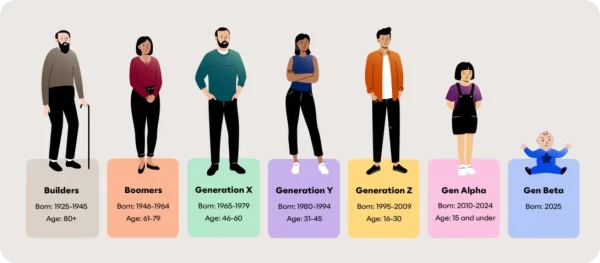Inflation’s Effect on Americans
According to CBS News, 45% of families across the country experienced severe or moderate hardship due to inflation. Inflation is defined as the rate of increase in prices over a period of time caused by factors like pressures on the supply and demand side of the economy, consumer expectations and money supply policies. As of October 2022, the U.S inflation rate was at 7.75%. The COVID-19 pandemic caused an unconventional recession, therefore creating economic uncertainties.
“For the most part, we cause inflation, specifically [through] our purchasing of goods and services,” economics teacher Nicholas Krumm said. “We don’t live in a perfect economy where there’s enough of everything to go around, so when we do buy too much of something that isn’t readily available, prices go up.”
As a result of inflation, prices for everyday essentials, such as food, increased.
Inflation affected fast food restaurants severely. According to an article from YahooFinance, the average price paid for a chicken sandwich went up by nearly 70 cents from July 2021 to July 2022. The price of the McDonald’s McChicken increased by 4% within a year, while the Chick-fil-A Chicken Sandwich increased by 3%. Inflation is not the only reason food prices have been skyrocketing; supply chain disruptions, increase in costs of production and transportation costs are behind this as well.
“Inflation affects everything,” Krumm said. “From the costs to the farmer growing our food to the trucker who hauls it to our stores [and] to the costs of those stores selling it to us. Generally, the customer feels the biggest effect of all these increased costs. The customer either pays for a more expensive supply chain or switches to something else.”
Whenever the country faces a contraction, it can negatively affect citizens. Many families across the country had to adjust their spending habits because of how high prices were getting. In some cases, people have to choose between wanting to fill up their gas tanks or feeding their families.
“There is no way to combat inflation since the economy is what it goes off of,” senior Ryan Espinosa said.
Additionally, gas prices have also been increasing. Higher inflation tends to lead to higher oil prices. There has been a low supply of fuel, so this leads to more competition for it. According to CNN, the typical U.S. household buys about 90 gallons of gas per month. During June 2022, Texas hit an all time high with an average gas price of $4.34 per gallon, according to the American Automobile Association. However, that’s decreased within the last five months. Today, the average price for regular gas in Texas is around $3 per gallon.
“When production was cut, the price went up and the way they cut production again in the summer is why the price has increased significantly,” Espinosa said.
Fortunately, inflation is temporary. Experts say they usually last about two years. An article by Kiplinger, a website dedicated to business forecasting claims the inflation will end this year, at a high 8% rate, but will drop to 3.5% by the end of 2023. Reviewing budgets, investing in stocks and diversifying in investments will help families across the nation pull through these hard times.
“What I advise people is that [inflation] isn’t totally a bad thing,” Krumm said. “Our economy goes through business cycles–some ups, some brief downs but mostly ups. First and foremost–don’t freak out. It’s normal. To better protect yourself as individuals, know your limits, save when you can, invest wisely [and] live the life you want to live.”












